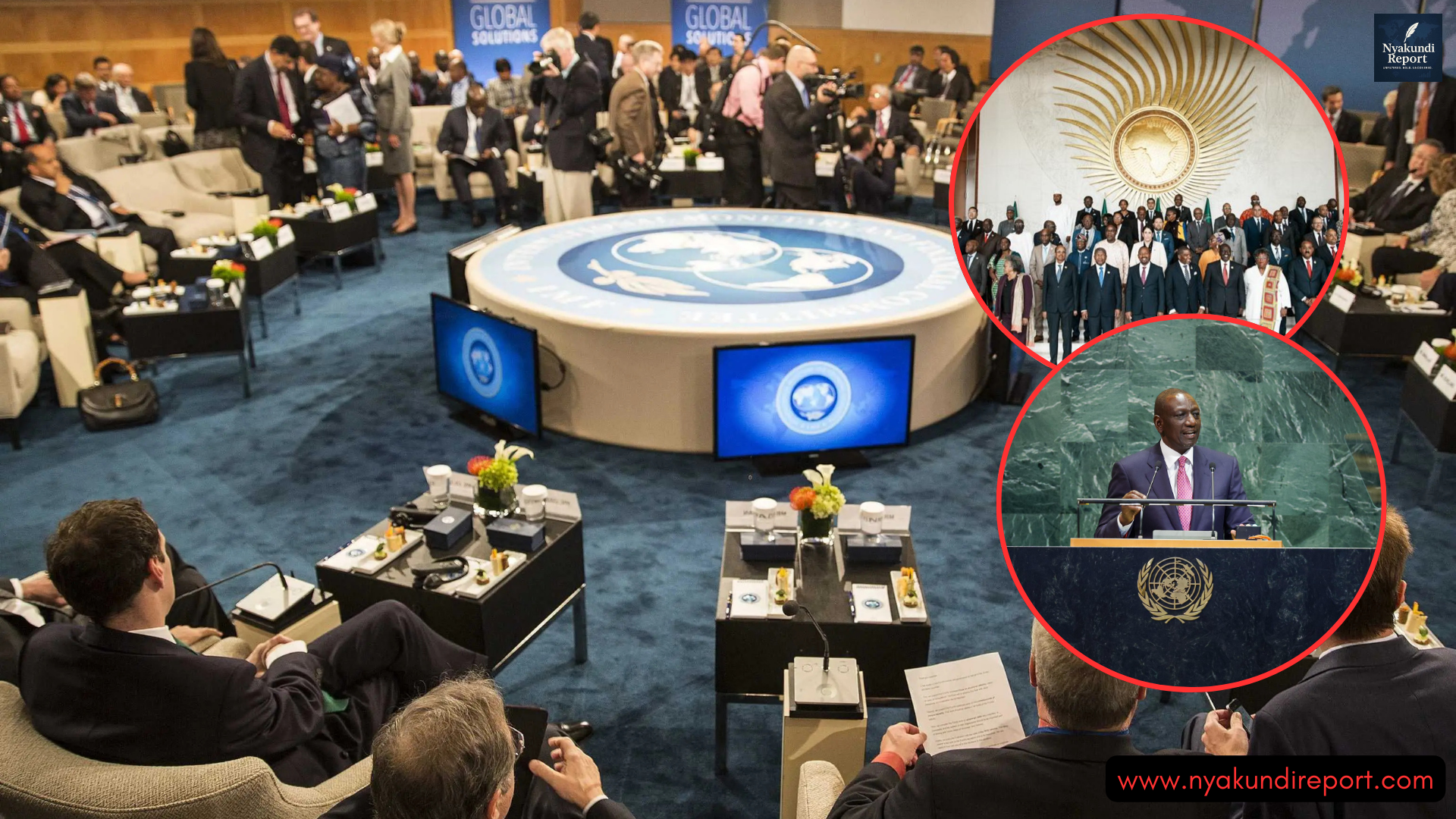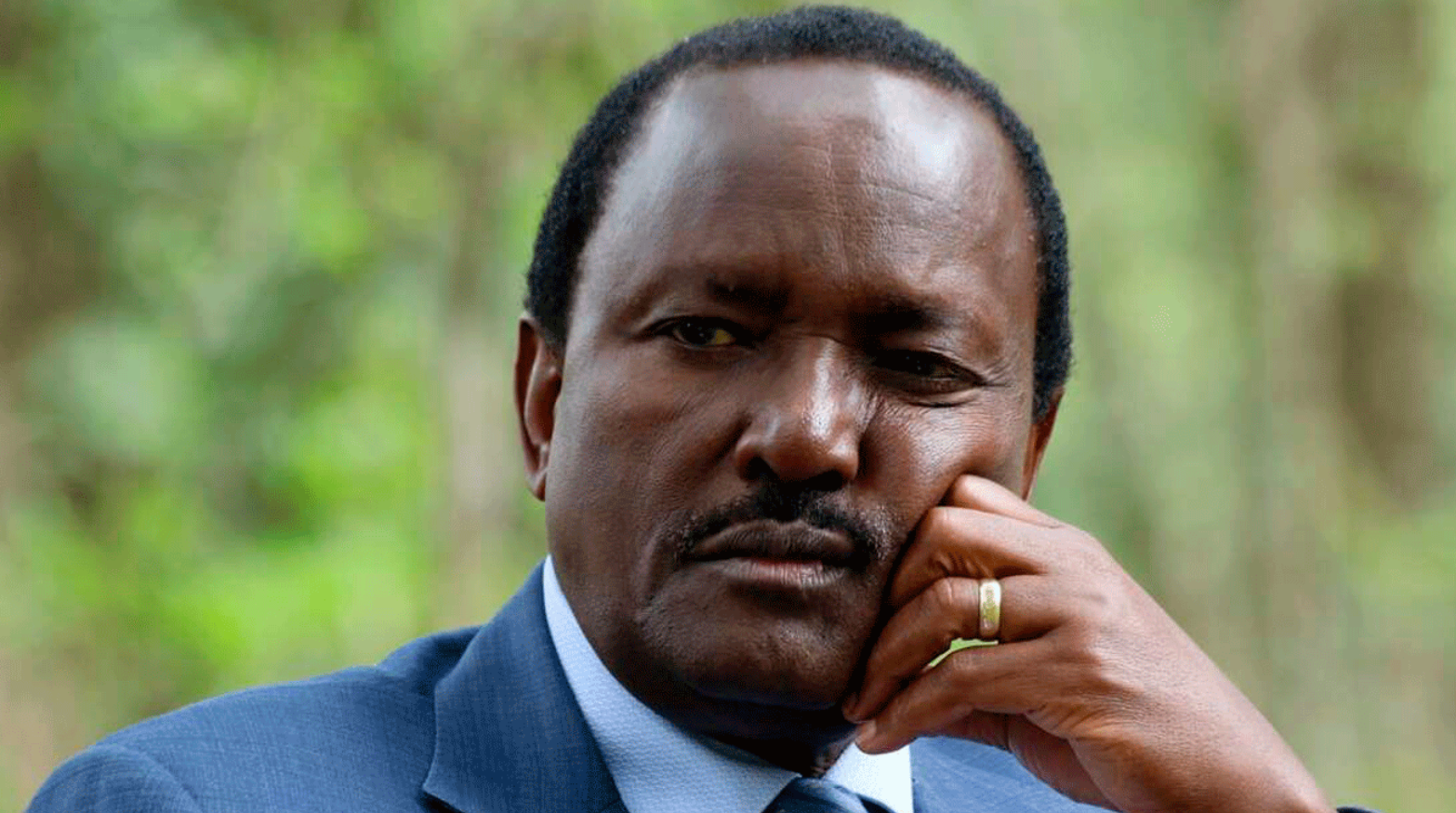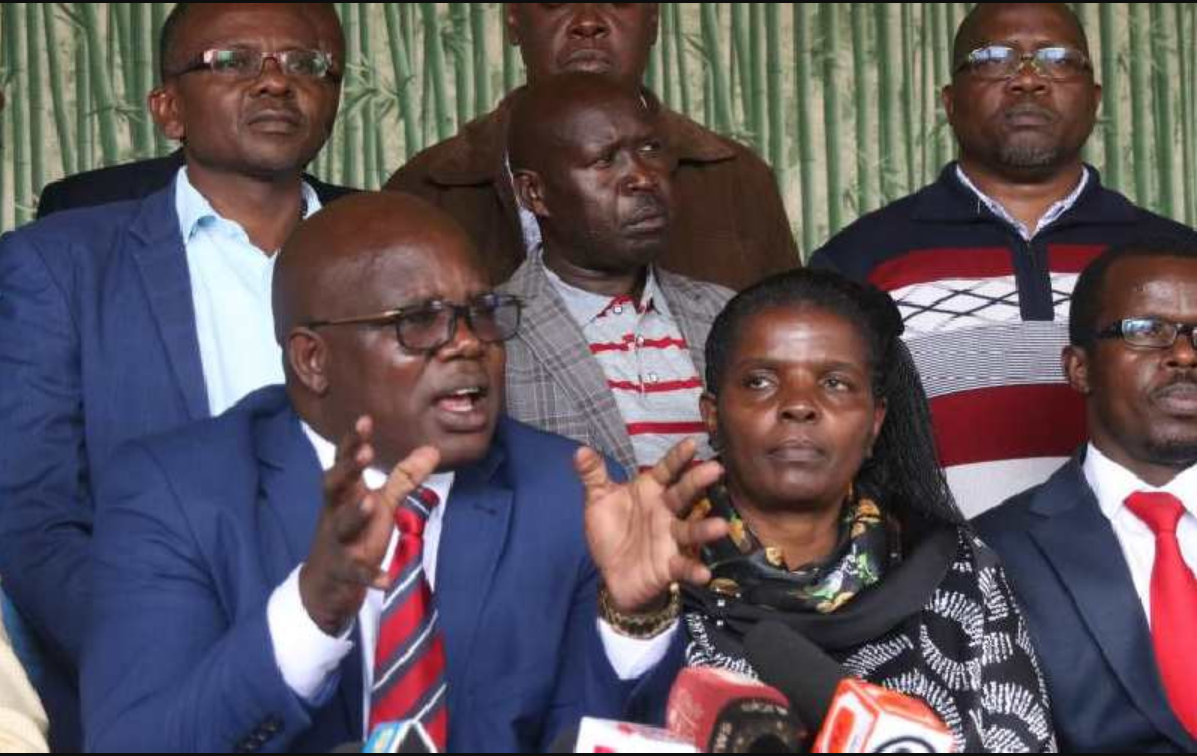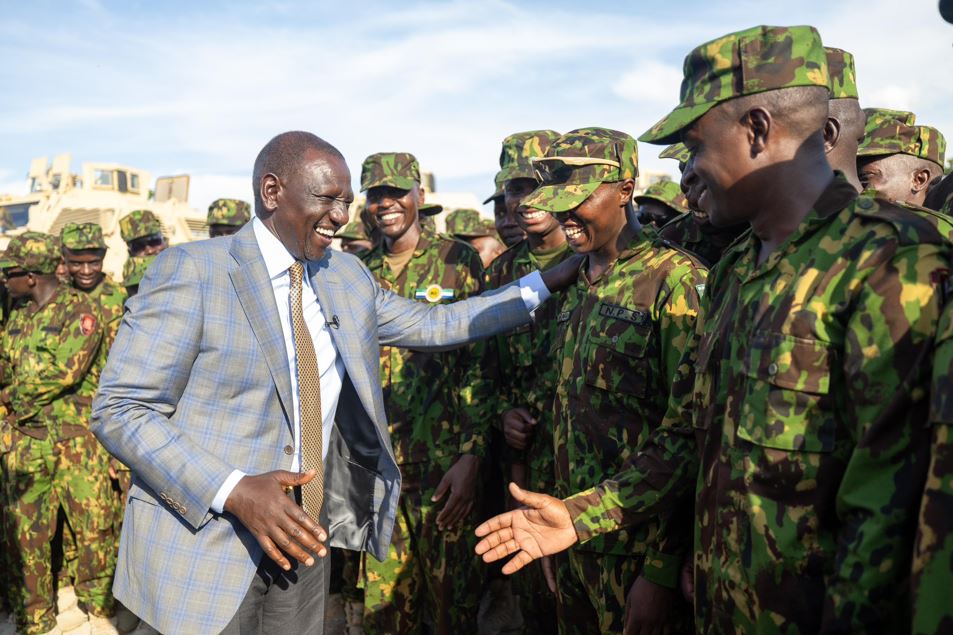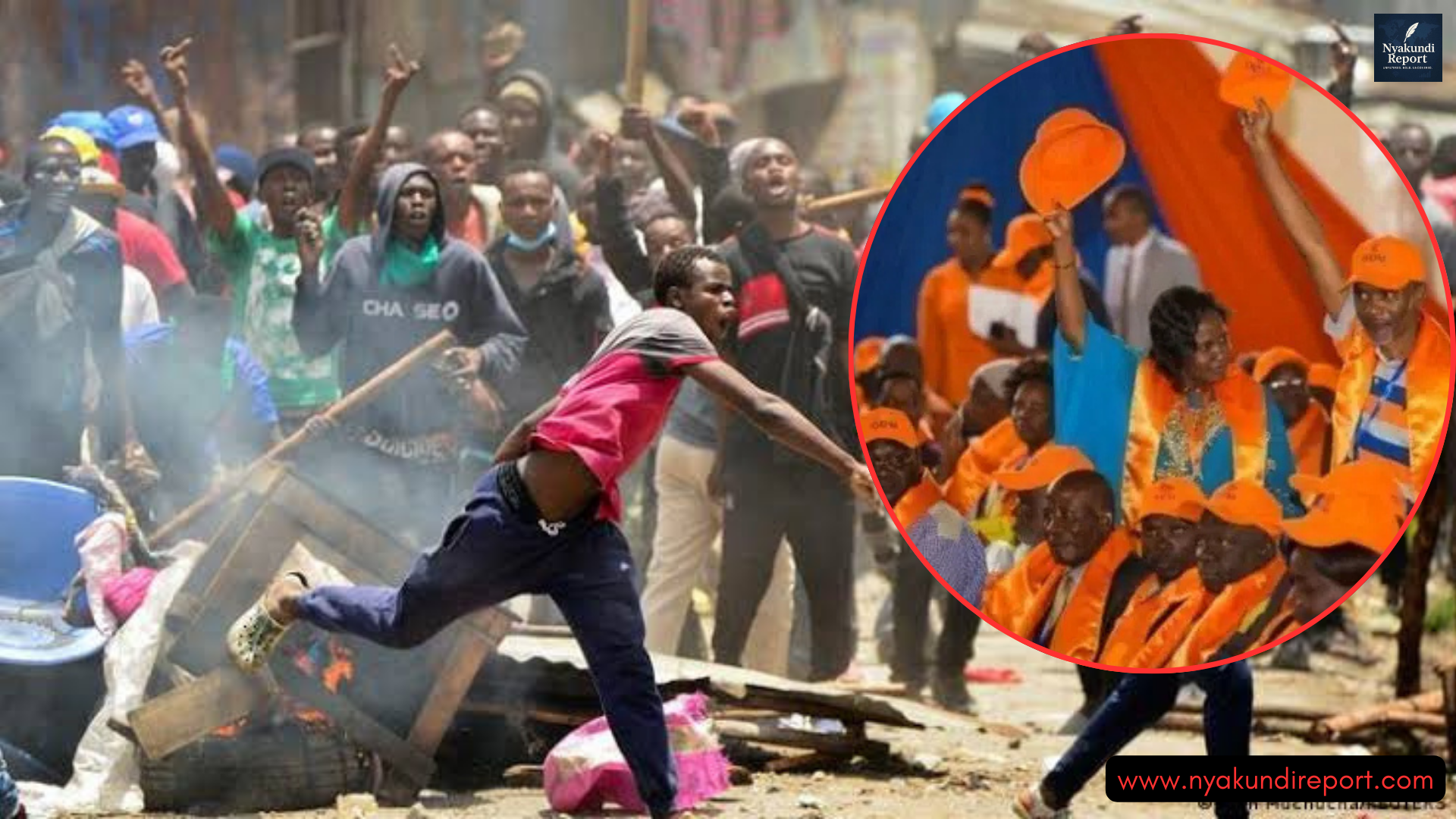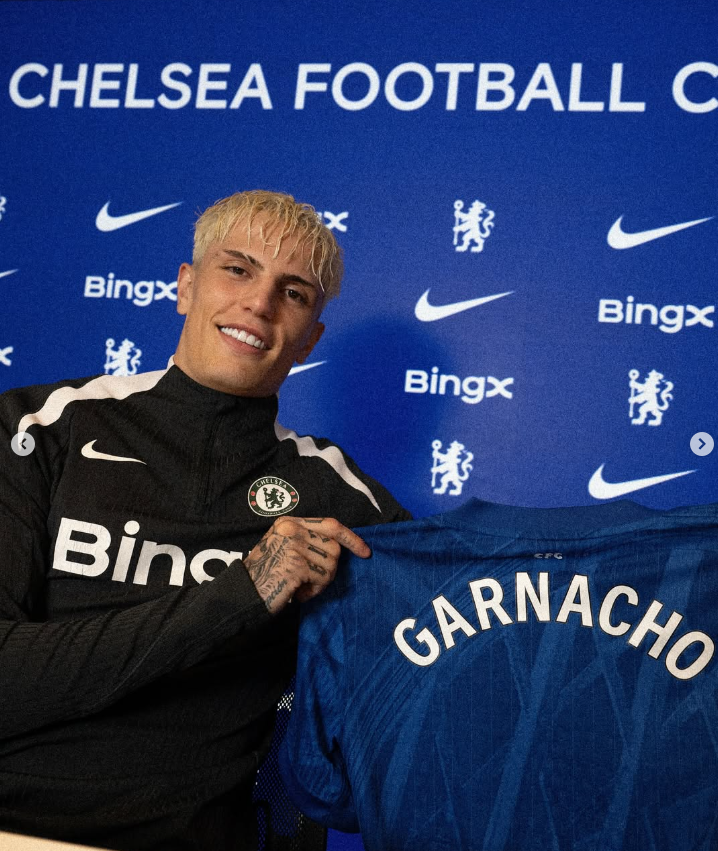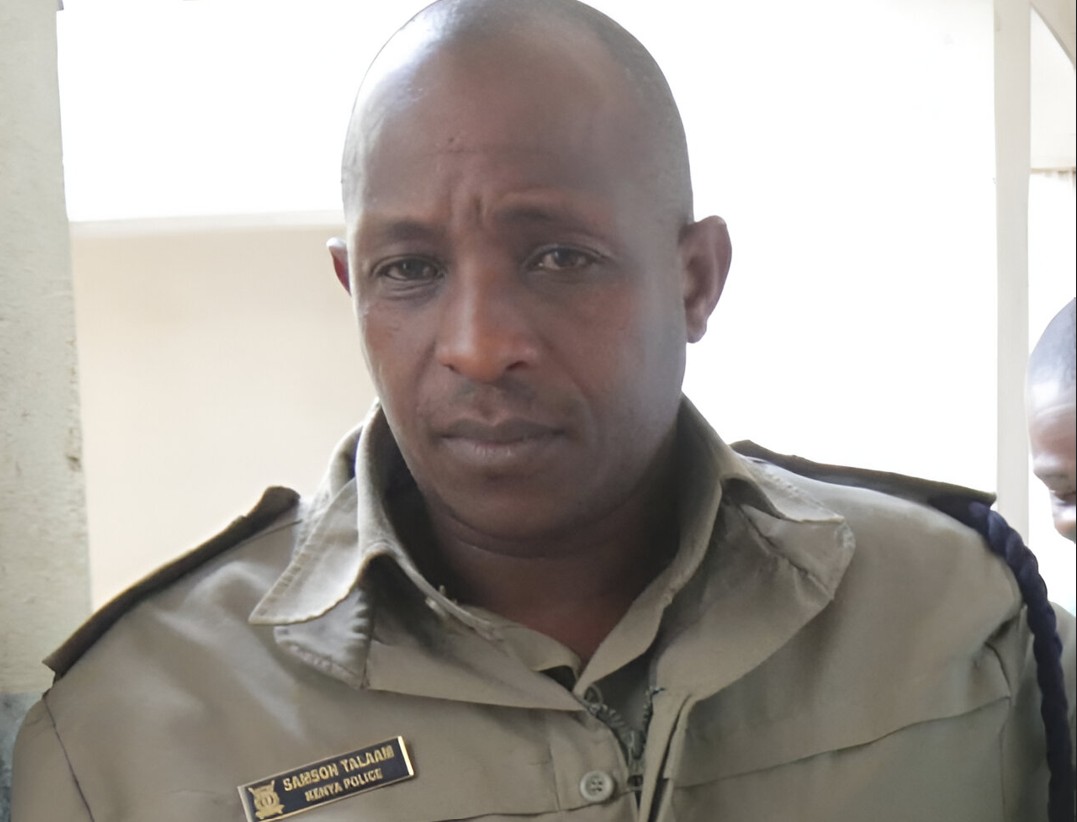Residents in Mombasa are on high alert after a concerning outbreak of Chikungunya was confirmed by the county government. So far, 25 people have tested positive for the disease out of 45 samples analyzed by the Kenya Medical Research Institute (KEMRI).
The most affected areas include Mvita, Nyali, Likoni, and Kisauni. With heavy rains creating ideal mosquito breeding grounds, health officials are urging people to take quick action.
But what exactly is chikungunya? Where did it come from, and how can you protect yourself and your family from this painful virus?
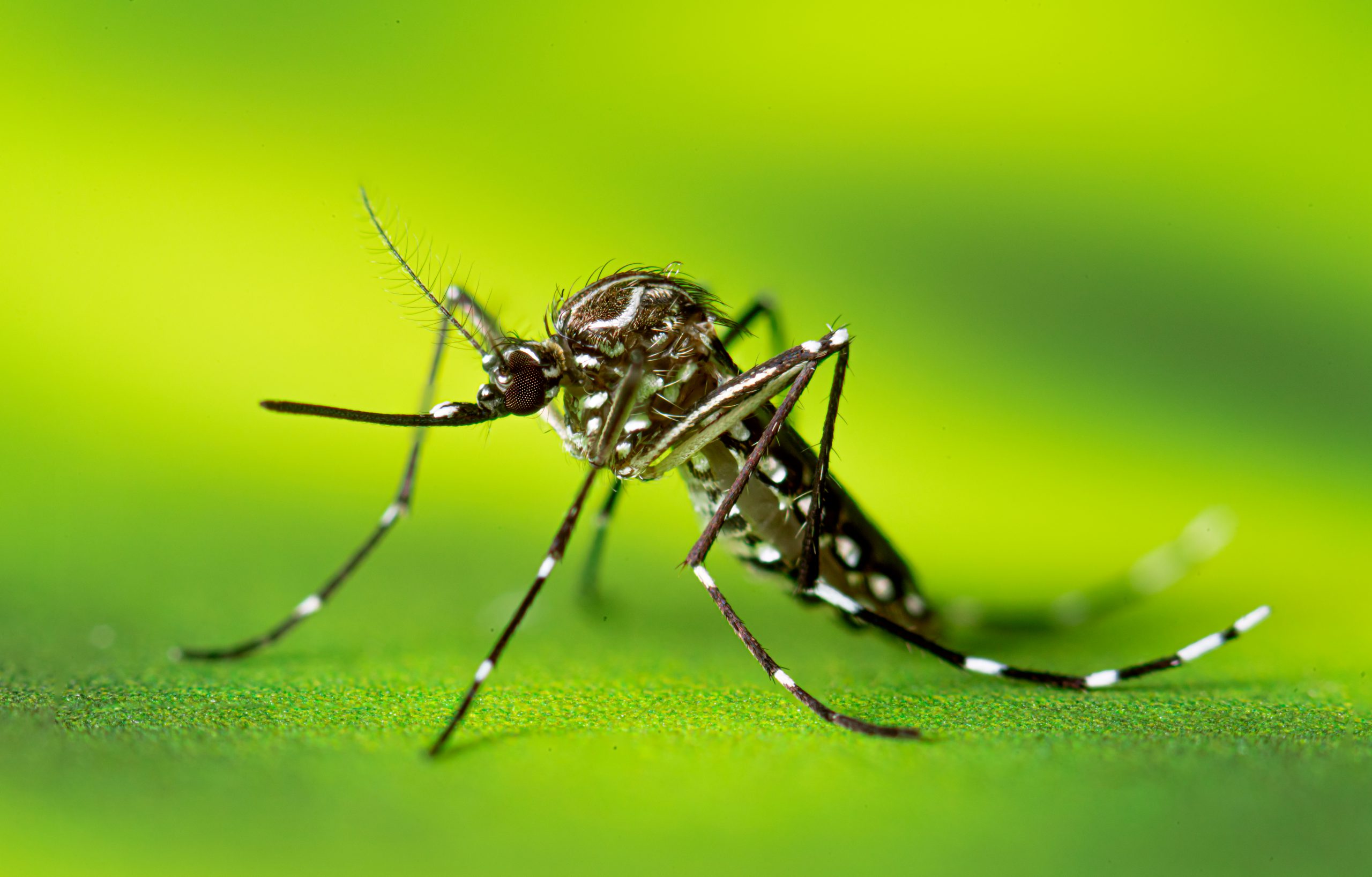
What You Need to Know About Chikungunya
Chikungunya is a viral disease spread by infected mosquitoes, mainly Aedes aegypti and Aedes albopictus. These mosquitoes are different from malaria-carrying mosquitoes. They are aggressive during the day and bite around homes, schools, and workplaces.
The disease first appeared in Tanzania in 1952. Its name comes from the Kimakonde language and means “that which bends up”—a reference to the painful bent posture of sufferers due to severe joint pain.
Once infected, symptoms usually appear within 4 to 8 days. Common signs include:
- High fever
- Intense joint pain
- Headache
- Muscle pain
- Skin rashes
- Nausea
- Extreme fatigue
Although most people recover within a week, joint pain can last for months or even years. While Chikungunya is rarely fatal, older adults, young children, and those with chronic illnesses face a higher risk of complications, including organ damage.
Thankfully, the World Health Organization (WHO) says those who recover from the virus usually develop lifelong immunity. But with no specific treatment or widely available vaccine, prevention is your best defense.
How the Virus is Spreading in Mombasa
Mombasa’s humid climate and current rainy season have created the perfect environment for mosquitoes to thrive. Stagnant water in containers, gutters, old tires, and clogged drains serves as ideal breeding sites for the Aedes mosquitoes.
According to Fatma Ali, Deputy Manager of the Emergency Operations Center in Mombasa, the rise in infections is directly linked to these wet conditions. The county government has launched fumigation exercises and is spraying homes to curb mosquito populations.
Public education campaigns are also underway to inform residents about the virus and encourage them to help fight it.
Ali emphasized that keeping the environment clean is a shared responsibility. Residents should drain stagnant water, cover water storage containers, and clean up littered areas to eliminate mosquito habitats.
Protecting Yourself From Chikungunya
Because there is no cure for Chikungunya, prevention is critical. Here are the most effective ways to protect yourself and your loved ones:
1. Avoid Mosquito Bites
Wear long-sleeved clothing, trousers, and closed shoes during the day when Aedes mosquitoes are most active. Apply mosquito repellents containing DEET, IR3535, or icaridin on exposed skin and clothing. These repellents are safe for adults and children over two months old.
2. Keep Mosquitoes Out of Your Home
Install screens on windows and doors to block mosquitoes from entering. Use mosquito nets, especially for children, elderly people, and those resting during the day. If possible, sleep under insecticide-treated nets to boost protection.
3. Remove Breeding Sites
Eliminate standing water in buckets, pots, plant saucers, and even bottle caps. Clean roof gutters regularly. If water must be stored, cover it tightly. Encourage your community to do the same to reduce mosquito numbers in the area.
What to Do if You Get Infected
If you suspect you’ve been infected with Chikungunya, seek medical attention. Doctors will treat symptoms to make you more comfortable. Painkillers such as paracetamol or acetaminophen can reduce fever and ease joint pain.
Avoid aspirin or non-steroidal anti-inflammatory drugs unless advised by a doctor, as these can cause bleeding complications. Drink plenty of fluids and get lots of rest. Most people feel better within a few days, but some may need longer recovery time.


